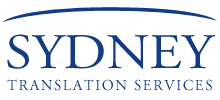NAATI Japanese Translator for Marriage Certificate Translation
Email us directly or upload your documents here for translation:Canberra
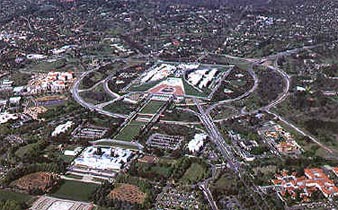
Canberra is the capital city of Australia. With a population of over 345,000, it is Australia's largest inland city and the eighth-largest city overall. The city is located at the northern end of the Australian Capital Territory (ACT). A resident of Canberra is known as a "Canberran". The site of Canberra was selected for the location of the nation's capital in 1908 as a compromise between rivals Sydney and Melbourne, Australia's two largest cities. It is unusual among Australian cities, being an entirely planned city.
Japanese Marriage Certificate Translation for Canberra
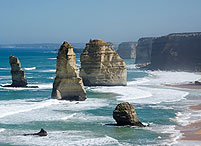 Getting your marriage certified translated for official use in Canberra is easy. Our NAATI certified Japanese translators are ready to assist you and everything can be done online.
Getting your marriage certified translated for official use in Canberra is easy. Our NAATI certified Japanese translators are ready to assist you and everything can be done online.
- Leading provider for NAATI certified Japanese translation
- Fast Japanese translation with no extra charges
- Experienced NAATI certified translators based in Australia
Japanese NAATI Translators
Canberra Document Translation Services
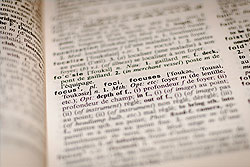 Get professional document translation for personal or business use. Our translators can handle any type of financial, technical or medical document, with the support of a specialised language DTP team for typesetting translations into design material such as brochures, product packaging and technical reports.
Get professional document translation for personal or business use. Our translators can handle any type of financial, technical or medical document, with the support of a specialised language DTP team for typesetting translations into design material such as brochures, product packaging and technical reports.
All documents received are confidential. Get in touch today for any translation requirement.

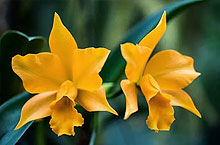
More about the Japanese Language
Japanese (日本語) is a language spoken by over 130 million people in Japan and in Japanese immigrant communities. It is a member of the Japonic (or Japanese-Ryukyuan) language family, which has a number of proposed relationships with other languages, none of which has gained wide acceptance among historical linguists. Japanese is an agglutinative language and a mora-timed language. The Japanese language is written with a combination of three scripts: Chinese characters called kanji (漢字), and two syllabic (or moraic) scripts made of modified Chinese characters, hiragana and katakana. The Latin alphabet, rōmaji, is also often used in modern Japanese, especially for company names and logos, advertising, and when entering Japanese text into a computer.
